Description
All parts of the plant are usable. The leaves, green pods, flowers and seeds have great nutritional value, and all parts of the plant.
Nutrients
What most surprises the researchers is the richness of moringa oleiferera or white acacia in relation to the amount of nutrients. Not only does it have a wide variety of antioxidants, proteins, vitamins and minerals, but it also has them in high concentration. The plant has seven times more vitamin C than orange, four times more vitamin A than carrots, two times more protein than yogurt, four times more calcium than cow’s milk, three times more iron than spinach and three times more more potassium than bananas. In addition, vegetables have all the essential amino acids that our body does not produce. For this reason, moringa is considered the “miracle tree”.
Its leaves have a slightly spicy flavor, similar to that of watercress. They can be eaten in a variety of ways, such as raw in salads or cooked in soups. A highly appreciated dish in Indonesia and East Timor, it is made with its flowers fried in coconut oil and then dipped in coconut milk. The delicacy is called makansufa and is eaten with rice or corn. Its flowers also give a beautiful appearance when used in salads and are widely used in the preparation of moringa tea. Its green pods have a flavor similar to that of chickpeas and can be eaten cooked. When the plant is young and has an average of 30 cm, its roots have a nutritional reserve and can be ingested. With a spicy flavor, they can be eaten in salads or sautéed. However, after this period, the root dries up and can no longer be eaten.
Nutrient absorption is highly dependent on the way the vegetable is prepared. By boiling for long periods and discarding the cooking broth, many vitamins essential for nutrition are wasted. An effective way to consume the plant is to dry its leaves and transform it into a powder similar to matcha, since in this way its nutrients are preserved.
In southwestern Senegal, from 1997 to 1998, researchers taught the recipe to local clinics, doctors and nurses to save children, pregnant or lactating women from death from malnutrition. Mothers were instructed to take this powder with meals to produce more milk during lactation.
Its use as a dietary supplement is expanding and tomorrow’s powder has been marketed to supplement a possible lack of vitamins and proteins. In addition to the powder format, which can be added to various recipes, there is also the capsule version.
Medicinal properties
Moringa is one of the plants used by traditional Ayurvedic medicine. According to Ayurveda, the plant helps in the treatment and prevention of 300 diseases. Among the advertised properties, some were recently verified by the scientific community. Studies show that the plant is a potential larvicidal and repellent of the mosquito Anopheles stephensi, which is a vector of malaria, and Aedes aegypit, which transmits dengue. Furthermore, research shows that a plant compound is an inhibitor of leishmaniasis.
Another study showed that hot water infusions of moringa flowers, leaves, roots, seeds and stems or bark have antispasmodic, anti-inflammatory and diuretic activities. The plant is still considered antipyretic, antiepileptic, anti-inflammatory, antiulcer, antihypertensive, antitumor, cholesterol-lowering, antioxidant, antidiabetic, antibacterial, and antifungal.
In traditional medicine, the juice of the moringa flower is used to improve human lactation and the tea from its leaves is indicated for colds and infections. Fresh flowers are recommended to combat anemia, gastric ulcers, and diarrhea. Regarding insect bites, wounds


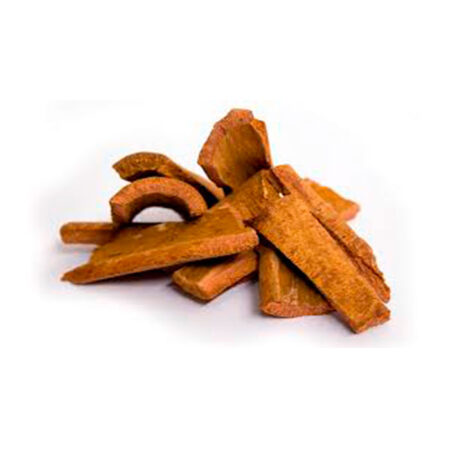
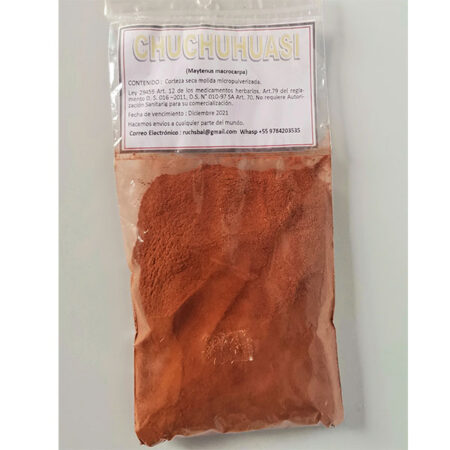
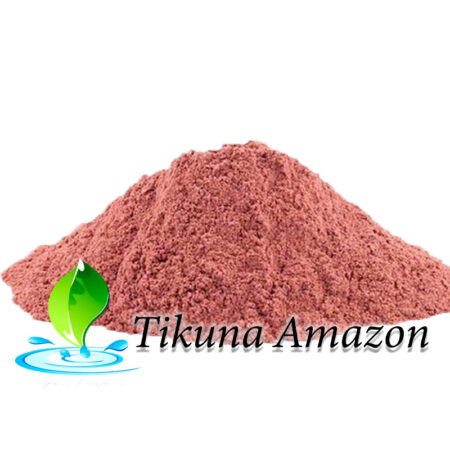
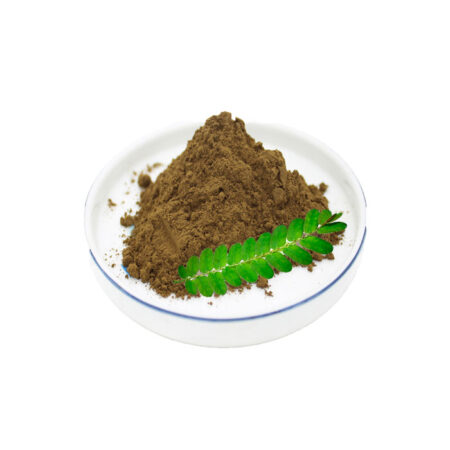

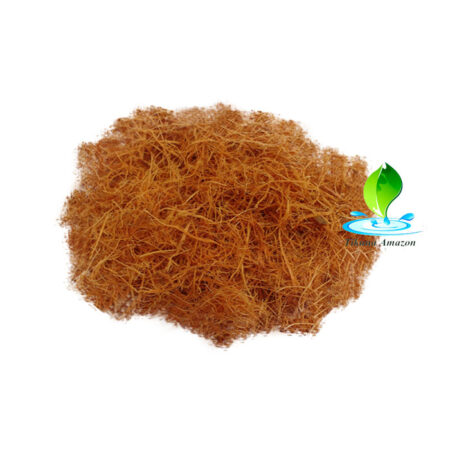
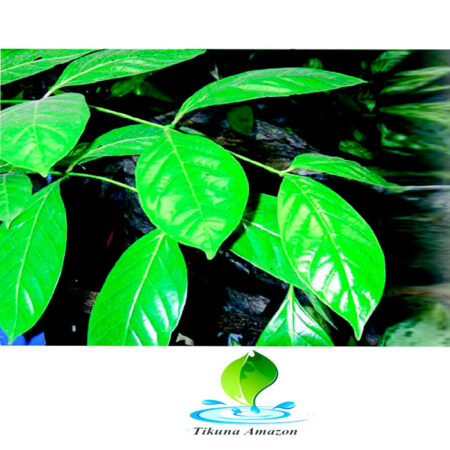

Reviews
There are no reviews yet.